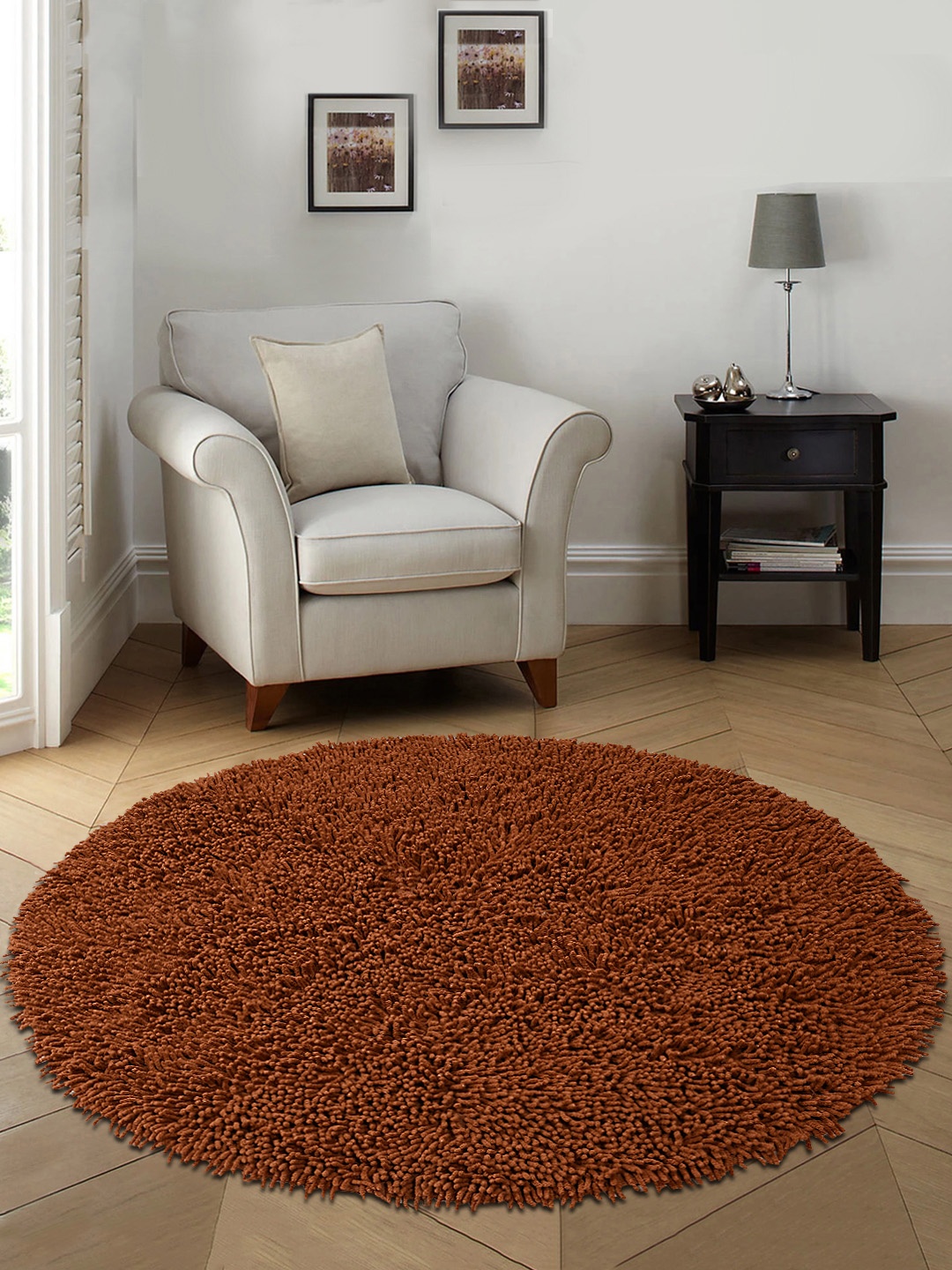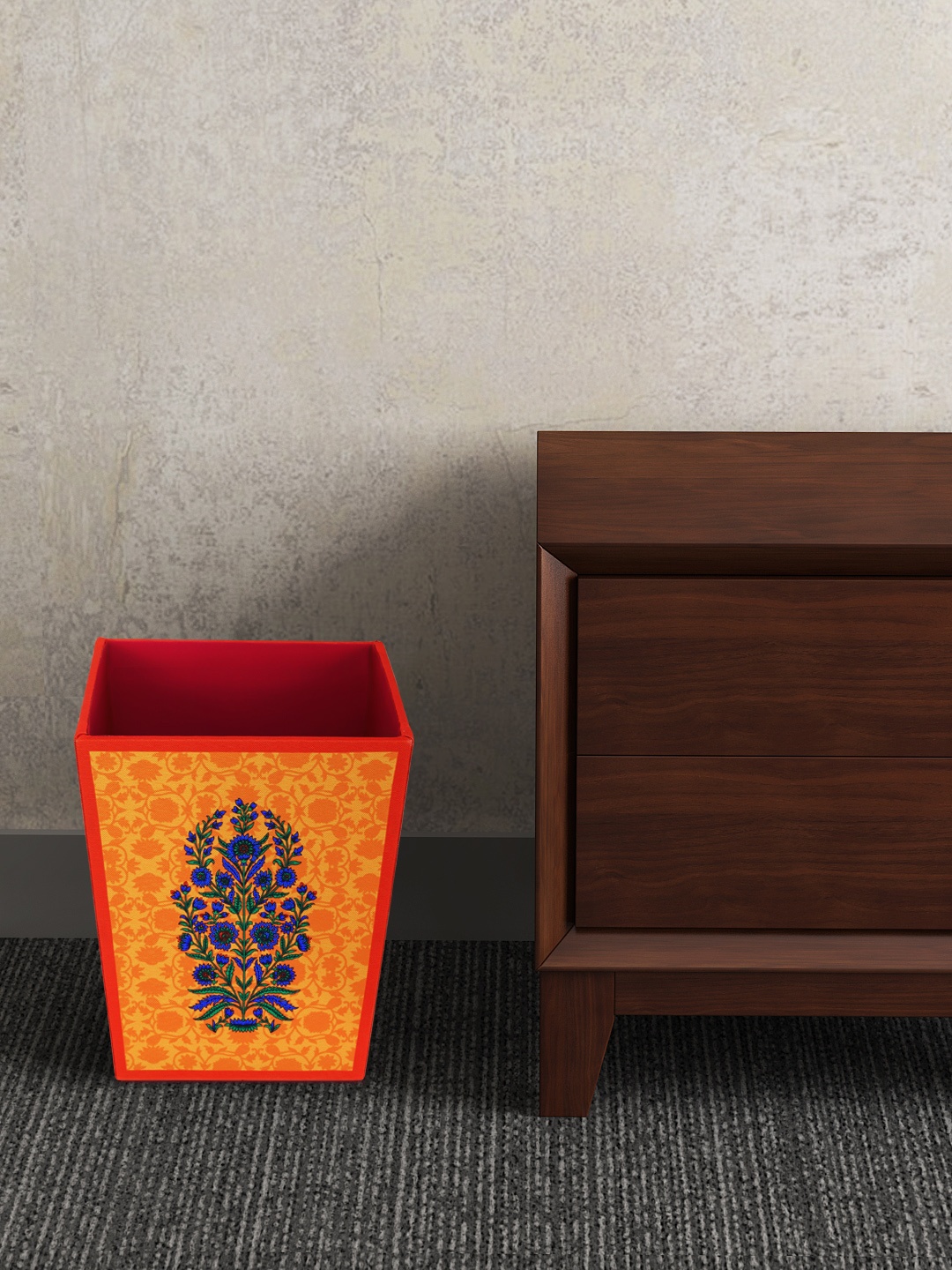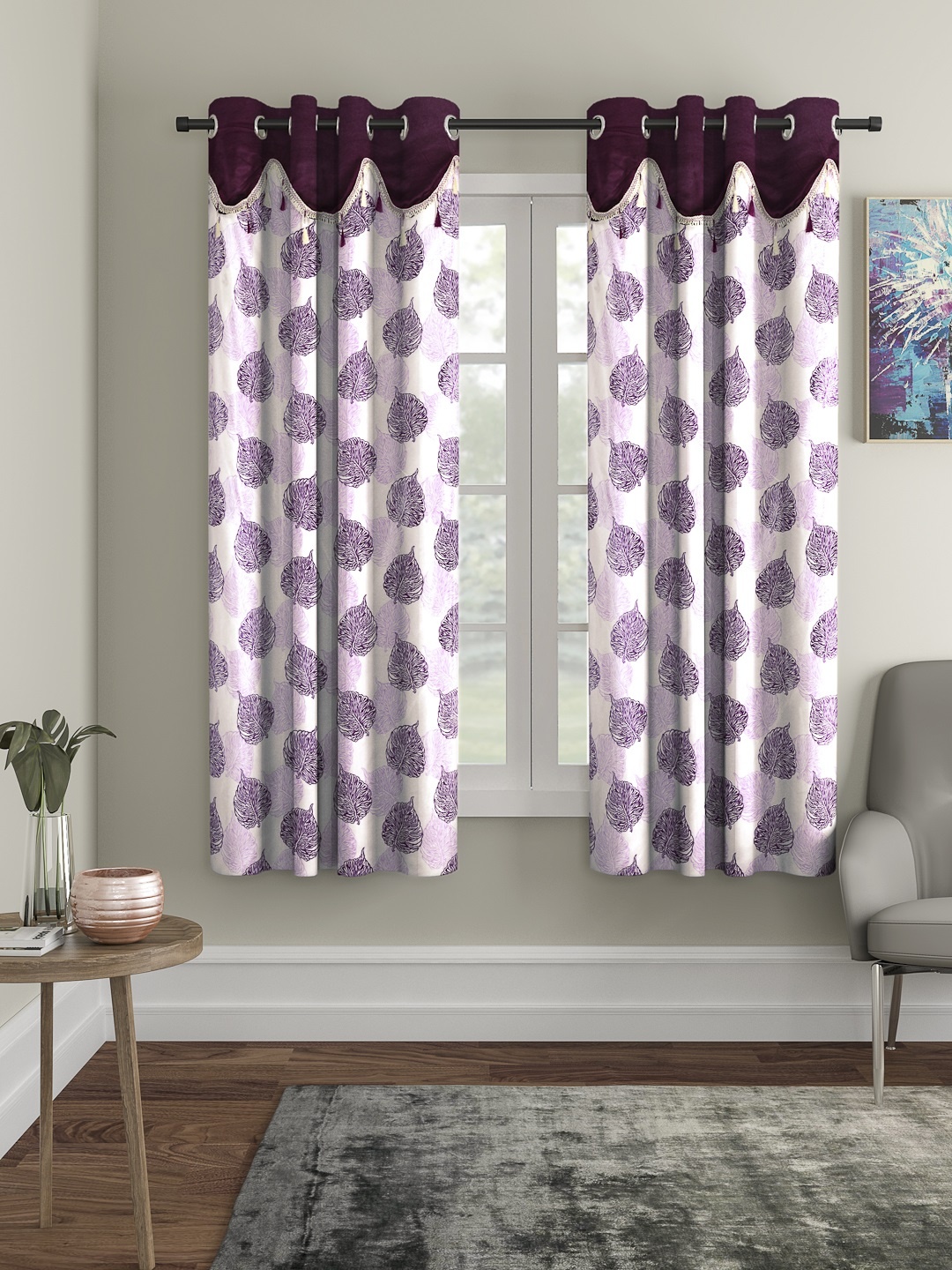Why White Furniture Turns Yellow And How To Stop It: Easy Home Fixes For Oxidation Stains
How to stop white furniture from turning yellow: This colour possesses a certain magic; it brightens spaces, makes rooms appear larger, and exudes an air of calm elegance. Explore practical ways to keep your white furniture truly white, without losing your peace or your pocket.

Why Your White Furniture is Turning Yellow? How to Prevent Oxidation Stains.
There's something deeply satisfying about white furniture. A white sofa set in a sunlit room feels like serenity itself, doesn't it? It's timeless, graceful, and works beautifully with any décor. But the joy fades when you notice those faint yellow patches creeping in. Suddenly, that elegance feels tainted, and no amount of scrubbing seems to restore the original shine. So, if you want to know why white furniture turns yellow and how to stop it, then read and use these tips. The reason is oxidation stains and they can be stopped by avoiding heat and sunlight, and cleaning regularly with mild solutions.
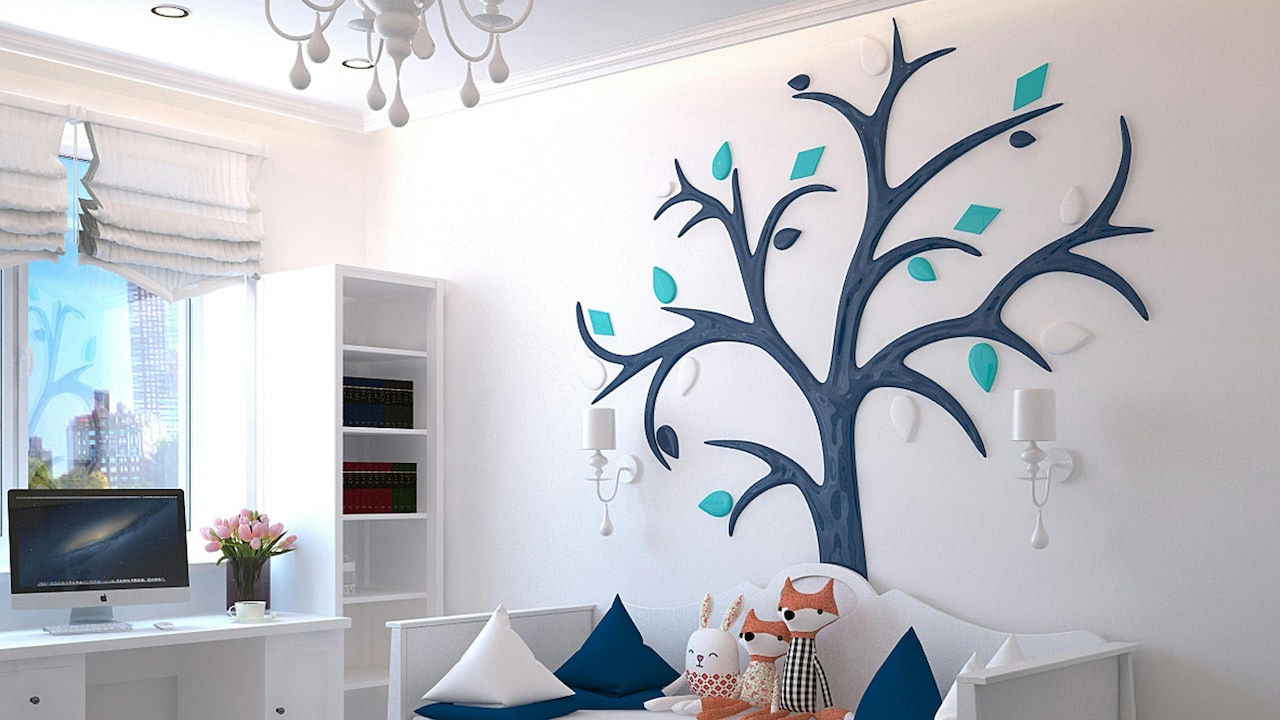
Here's why your white furniture is turning yellow
Photo Credit: Pexels
This slow transformation isn't your imagination; it's chemistry. White furniture, whether wooden, laminated, or upholstered, reacts with the environment. The air, moisture, and even the cleaning agents play their part in this gradual discolouration. But don't worry, it's not an irreversible curse. Understanding why it happens is the first step to preventing it. Let's dive into the real culprits behind this yellowing phenomenon and how you can stop it in its tracks.
Also Read: From Mattress To Beds: Upgrade Your Space With These Affordable Furniture From Amazon
What Really Causes White Furniture to Turn Yellow?
1. The Silent Culprit: Oxidation
Oxidation is the invisible villain that slowly steals the brilliance of white furniture. It's a natural reaction between oxygen and the surface materials of your furniture, particularly noticeable in items made of plastic, PU-coated wood, and laminate. Over time, exposure to air and sunlight triggers this process, leading to that familiar yellow tint.
In simple terms, oxidation is your furniture's way of ageing. Just as iron rusts, white finishes oxidise. The UV rays from the sun act as an accelerant, causing molecular changes in the paint or coating. Furniture near windows, especially where sunlight pours in, tends to show these effects faster.
The trick lies in balance. Don't block sunlight completely, it's vital for a healthy home environment. Instead, use sheer curtains or blinds that filter harsh rays. Occasional polishing with a UV-protective finish can also delay oxidation. Think of it as sunscreen for your furniture, a small effort that saves you from big regrets later.
2. Everyday Dust and Grime: The Unseen Layers
Dust doesn't just dull your décor; it feeds yellowing. The tiny particles settling on furniture mix with moisture, sweat, and pollutants in the air. Over time, this forms a thin film that stains lighter surfaces, especially white. Add humidity and warm weather, a recipe for faster discolouration.
It's tempting to think a weekly dusting is enough, but white furniture needs more care. A quick wipe with a soft microfibre cloth every two or three days makes a difference. For stubborn grime, mix mild liquid detergent with warm water, just a few drops, and wipe gently. Avoid harsh chemicals or coloured cleaning cloths that can leave residues.
If your furniture has a glossy finish, buffing it dry after cleaning helps maintain its sheen. Regular upkeep is the difference between white that glows and white that groans. Consistency beats deep cleaning marathons every few months, both for your furniture and your sanity.
3. Heat and Humidity: The Perfect Storm
Heat and humidity, that classic duo, are major contributors to yellowing. In homes where the air is warm and moist, furniture coatings tend to break down faster. White laminates and paints are particularly vulnerable because humidity makes the surface sticky, trapping airborne particles that eventually stain.
Kitchens, for instance, are hotspots. The steam from cooking, combined with oil particles, settles invisibly on cabinets and shelves. Over time, it discolours the paint. Similarly, furniture placed near gas stoves, geysers, or even air-conditioner outlets faces the same issue.
A practical solution? Proper ventilation. Use exhaust fans or dehumidifiers in high-moisture areas. When possible, keep furniture slightly away from walls to allow air circulation. If you live in a coastal city, silica gel packs or moisture absorbers placed discreetly in cabinets can work wonders. Sometimes, small habits, like wiping after cooking or airing out a room, make the biggest difference.
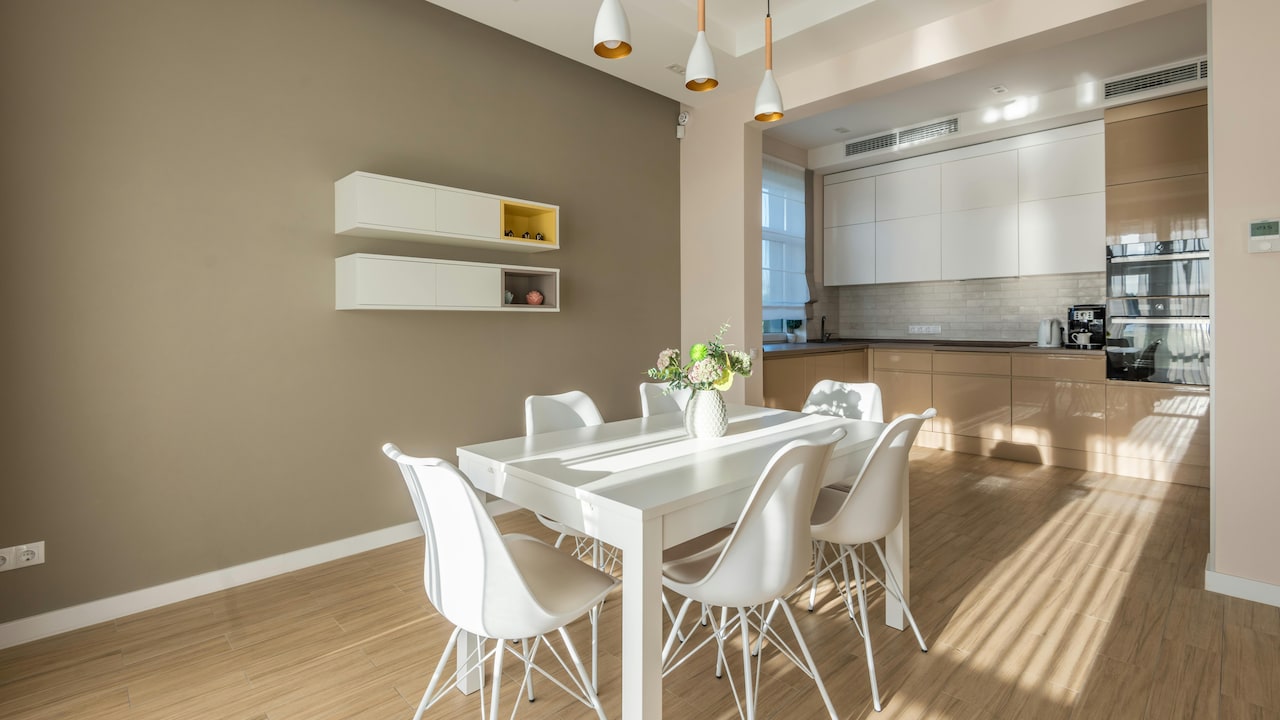
Heat and humidity can worsen your white furniture turning yellow
Photo Credit: Pexels
4. Cleaning Agents: When Help Hurts
Ironically, some of the products meant to keep furniture spotless actually make it yellow. Strong cleaners containing ammonia, chlorine, or alcohol may remove stains temporarily but strip away the protective layer of paint or polish. Once this layer is gone, oxidation accelerates.
Even homemade remedies can backfire. For instance, using vinegar or lemon directly on painted surfaces might seem harmless but can erode finishes. Similarly, furniture polishes that promise “instant shine” often contain silicone oils that attract dust, worsening the problem.
The gentler route always wins. Use pH-neutral cleaners or mild dishwashing liquids diluted in water. Always test on a hidden spot before full application. Think of it like caring for skin, the harsh stuff might work fast but leaves long-term scars. Gentle care keeps both skin and furniture glowing.
5. Nicotine, Cooking Fumes, and Pollution
If you've ever walked into a home where smoking or heavy cooking happens regularly, you've probably noticed a faint yellowish hue on walls and furniture. That's not imagination, it's residue. Nicotine, oil vapours, and urban pollutants cling to surfaces and slowly stain them.
White furniture absorbs these airborne elements faster than darker shades. In cities where air quality fluctuates, the impact is stronger. Kitchen cabinets and living room upholstery suffer the most.
To fight back, ensure proper ventilation. Range hoods above stoves help, but regular cleaning of the filters is essential. An air purifier can also reduce airborne pollutants. Occasionally, wipe down surfaces with diluted white vinegar (well-rinsed afterward) to remove greasy film.
A home that breathes well keeps its whites fresh. It's not just about appearance, clean air supports better health, too. Your furniture simply reflects what's floating around you.
6. Sunlight: The Double-Edged Sword
Natural light is a blessing, but too much of it is not. Direct sunlight can fade colours and discolour whites through photo-oxidation, a reaction between UV rays and the surface finish. You might have noticed that parts of a cupboard facing the window yellow faster than the shaded sides.
To minimise the damage, rearrange furniture occasionally so the same spot doesn't bear the brunt of sunlight all year. Use UV-resistant window films, blinds, or sheer curtains. For delicate pieces, a light furniture cover during peak summer months can be helpful.
If you're investing in new furniture, ask for UV-protected finishes. Many modern paint and laminate options come with anti-yellowing technology that withstands intense light. Prevention starts with awareness, not just after the yellowing begins.

Natural sunlight can also turn your white furniture yellow
Photo Credit: Pexels
7. Material Matters: Not All Whites Age the Same
Every white finish tells a different story. High-gloss acrylic and PU-coated surfaces age differently from matte laminates or painted wood. Acrylic tends to resist yellowing longer but shows scratches easily. PU finishes look luxurious but react faster to UV exposure.
Understanding your furniture's material helps you care for it better. Wooden furniture painted white may need gentle re-coating after a few years. Laminates require mild cleaning and protection from direct heat. Upholstery fabrics, especially synthetics, can yellow due to trapped body oils or cleaning residues.
When buying new furniture, prioritise quality finishes that mention “UV-resistant” or “anti-oxidation”. It might cost a bit more upfront, but in the long run, it saves you the trouble, and expense, of frequent makeovers. After all, prevention costs far less than restoration.
8. Poor Ventilation: A Hidden Enemy
Rooms that don't “breathe” well often host yellowing furniture. Stale air traps moisture and pollutants, turning enclosed spaces into slow oxidation chambers. Bedrooms and storerooms with closed windows or air-conditioned environments are prime examples.
Air circulation matters as much for furniture as it does for people. When the air moves, it prevents dampness from settling on surfaces. Opening windows for just fifteen minutes daily can make a remarkable difference.
Adding indoor plants like snake plants or money plants can help balance humidity and improve air quality. If opening windows isn't an option, use an air purifier or a portable fan to keep the air flowing. Furniture thrives in spaces that feel fresh, and so do people.
9. Quick Fixes vs. Long-Term Solutions
Many turn to bleaching agents or whitening sprays to “fix” yellowing, but those are short-term solutions. Bleaches may brighten temporarily but weaken finishes over time. The yellow comes back, often worse.
The better approach is maintenance and protection. Regular cleaning, minimal exposure to heat and moisture, and applying a UV-protective coat every couple of years work wonders. For older pieces, gentle sanding and repainting can restore their charm.
If redoing furniture feels daunting, focus on prevention for new purchases. Use protective mats or covers in high-traffic areas and clean spills immediately. As the saying goes, “care is cheaper than cure”, especially when your furniture cost ₹30,000 or more.
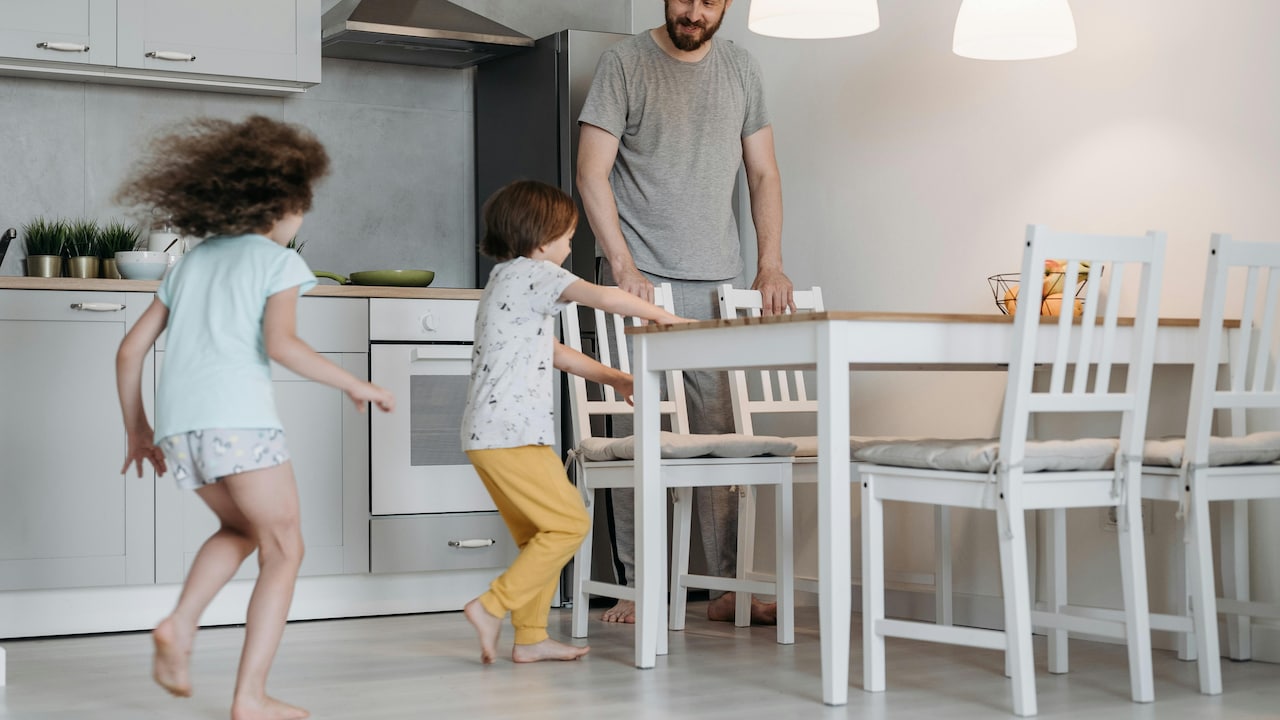
Some tips like regular cleaning and protective mats can prevent white furniture from turning yellow; Photo Credit: Pexels
10. Loving Your Whites: A Matter of Routine
Caring for white furniture isn't about perfection, it's about consistency. A simple weekly routine of dusting, gentle wiping, and protecting against sunlight can preserve its brightness for years. Treat your furniture like a companion in your home, something that responds to care and attention.
Every piece tells a story: the dining table where family meals happen, the white study desk that holds dreams, or the couch where countless conversations unfold. Keeping them spotless is more than aesthetics, it's about cherishing moments.
So, instead of worrying about the occasional smudge or mark, see maintenance as a ritual. Just like tending to plants or polishing brass idols before festivals, caring for furniture connects you to your space. It's a quiet act of pride, and love, for the home you've built.
Products Related To This Article
1. ABOUT SPACE Book Shelf - 5 Tier Engineered Wood Book Rack Multipurpose Book Shelf
2. Computer Home/Office Desk | Writing Study | Laptop Table
3. Wooden Solid Hand-Craft Console Table for Office
4. The Artment your artistic apartment Sanctum 3 Door Drawer Wooden Shoe Organizer Cabinet
5. Ranthambore Sideboard Cabinet
6. DEVOKO 5-Piece Outdoor Rattan Wicker Patio Bistro Set For Garden
7. Amazon Basics Multi-Purpose Organizer
White furniture carries an undeniable charm, a statement of simplicity and sophistication. But keeping it that way takes awareness and consistent care. From oxidation to humidity, sunlight to cleaning habits, every factor plays a role in how your furniture ages.
The good news is, prevention isn't complicated. With mindful cleaning, protective measures, and a touch of patience, your white furniture can remain bright and beautiful for years. After all, a well-kept white sofa or cabinet doesn't just look elegant, it reflects the quiet discipline of a home that's loved and well cared for.
Because in the end, white furniture isn't just décor. It's a reflection of light, warmth, and all the little stories that make a house a home.
Disclaimer: The images used in this article are for illustration purpose only. They may not be an exact representation of the products, categories and brands listed in this article.







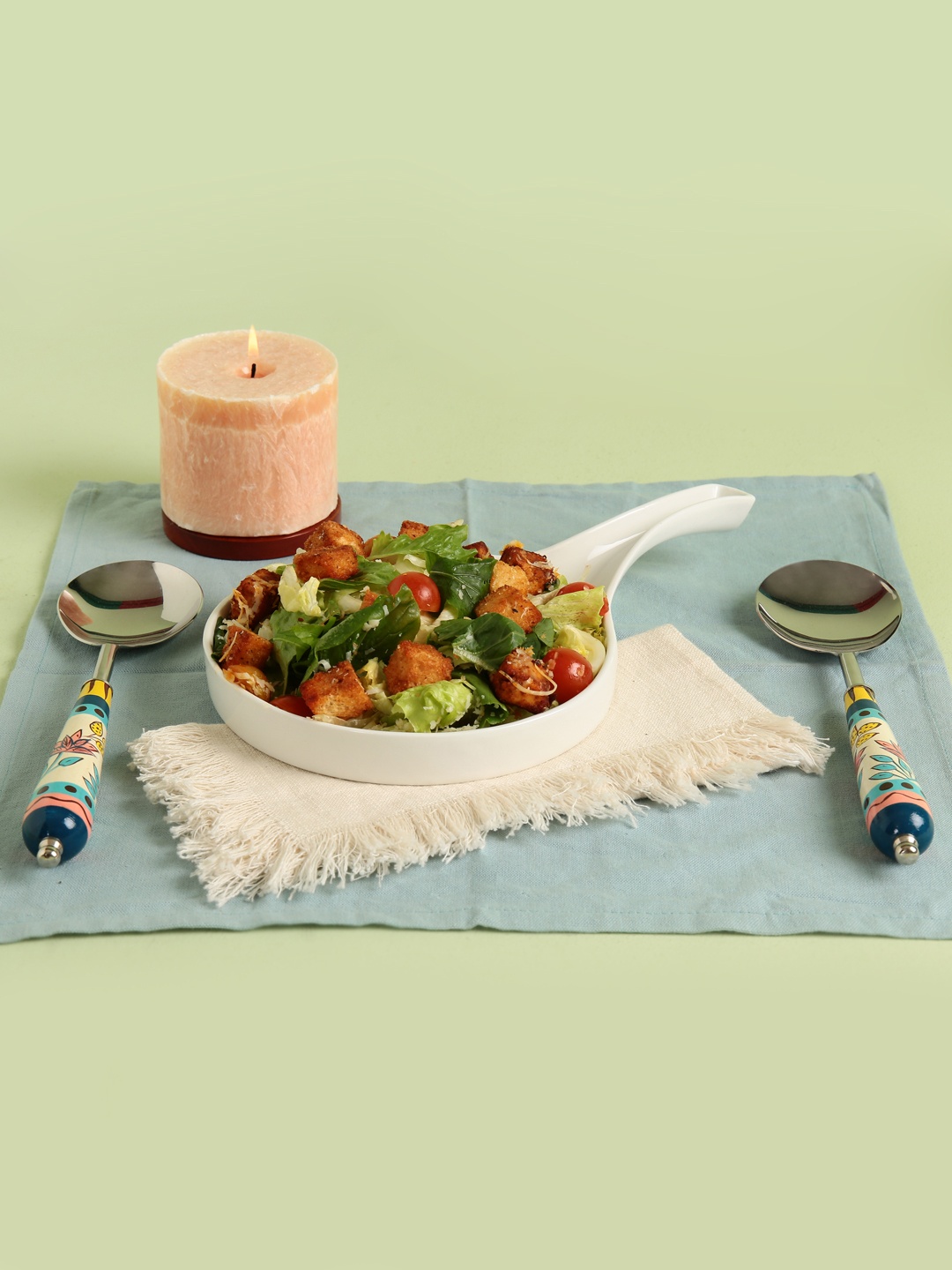




![Steam Iron Teflon Shoe Cover for ES-300,ST-96 [Only For ES-300 and ST-96 Model Electric Steam Irons]](https://m.media-amazon.com/images/I/51wwkttondL._SL160_.jpg)


